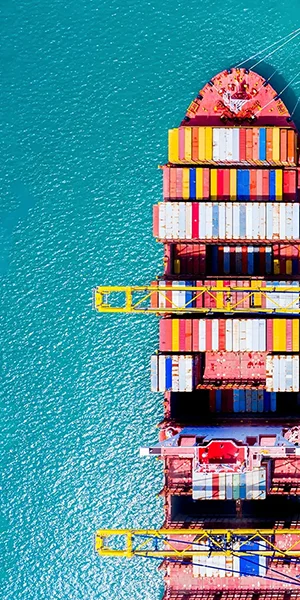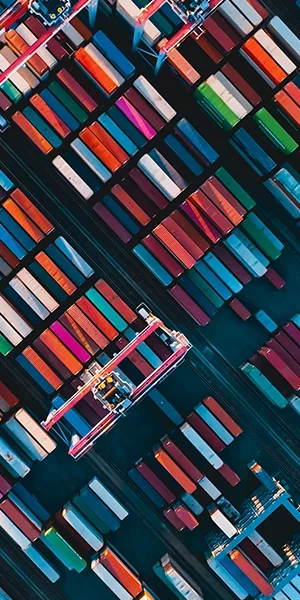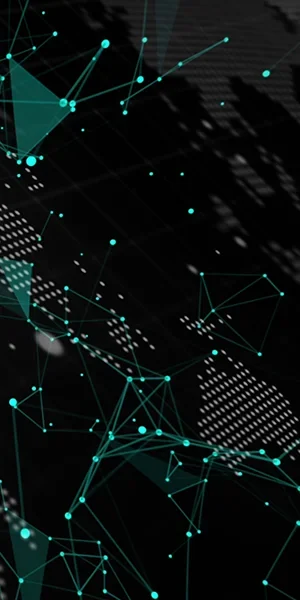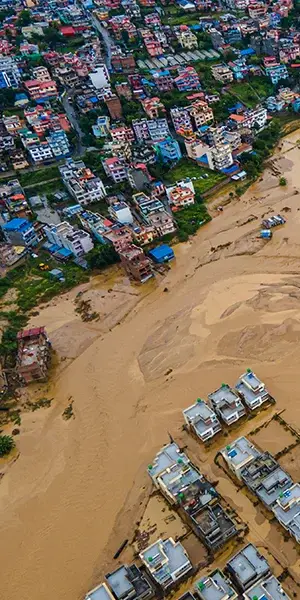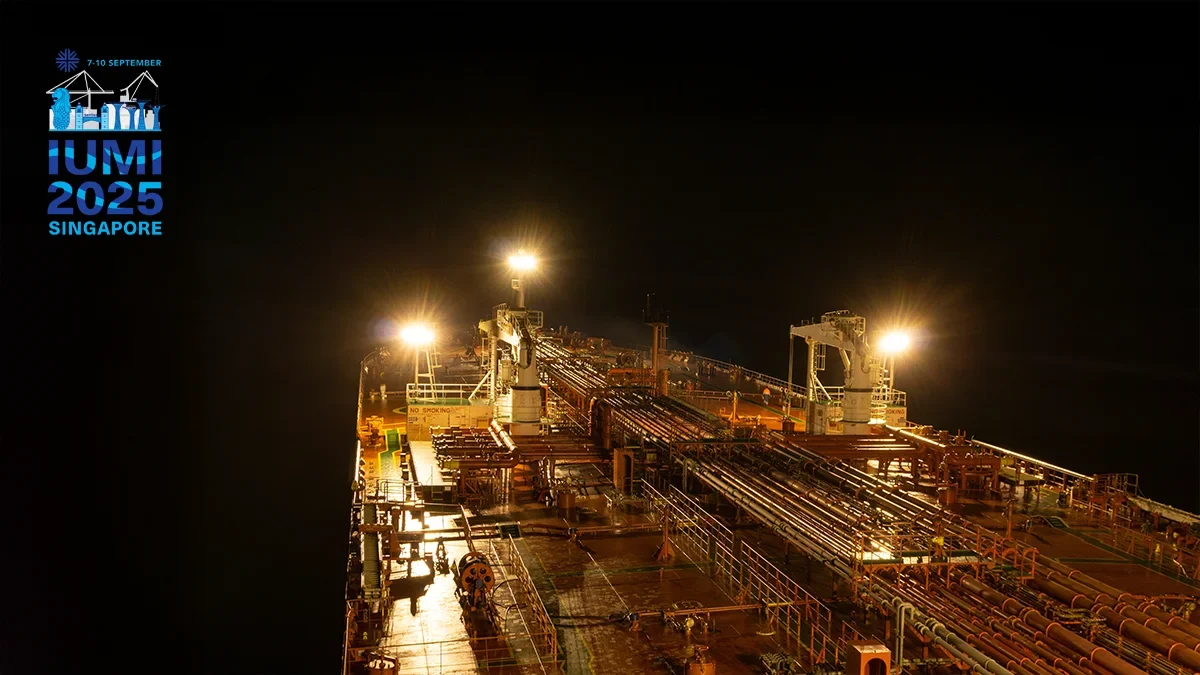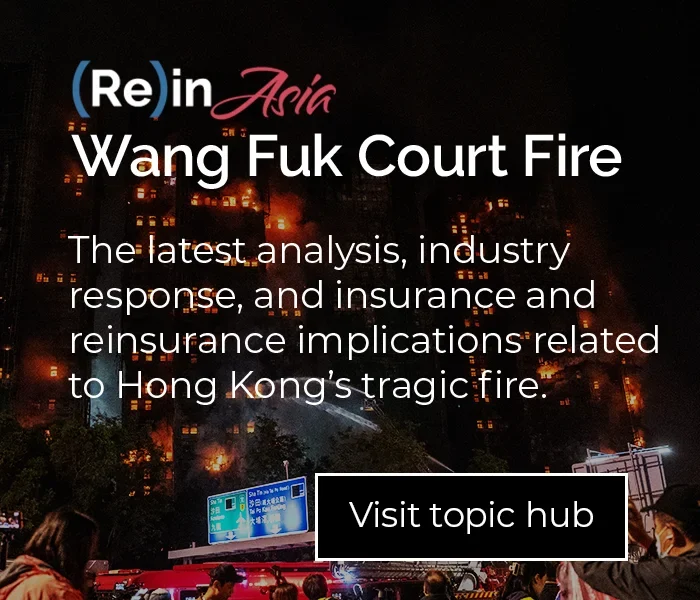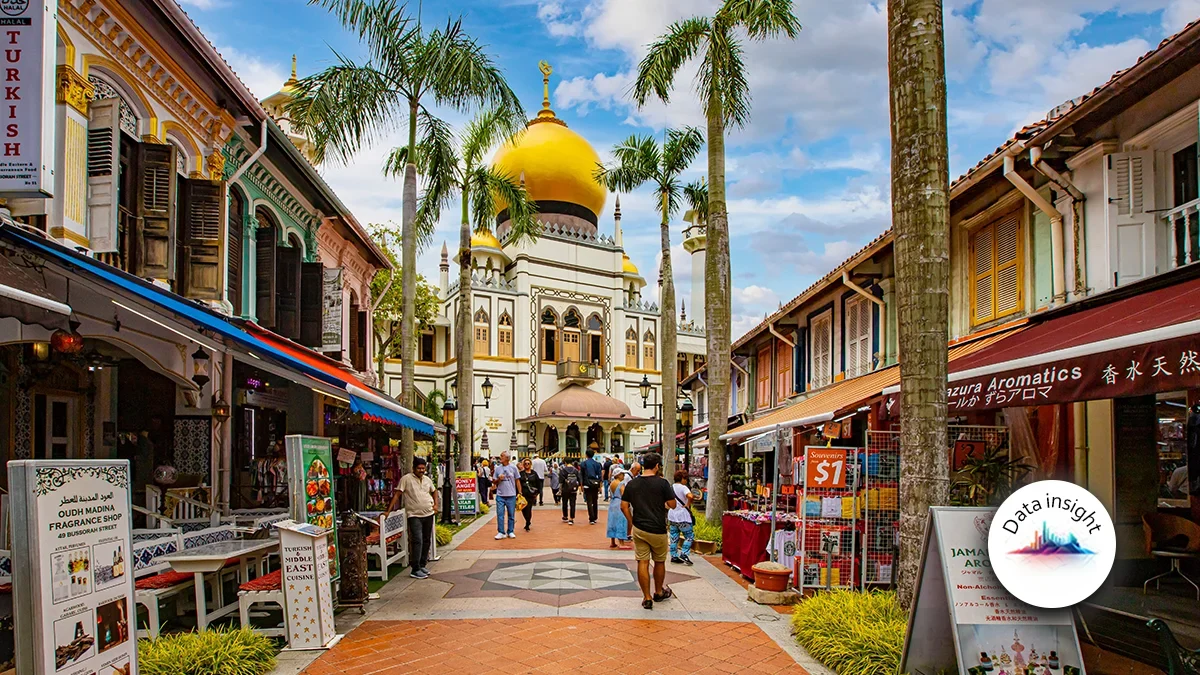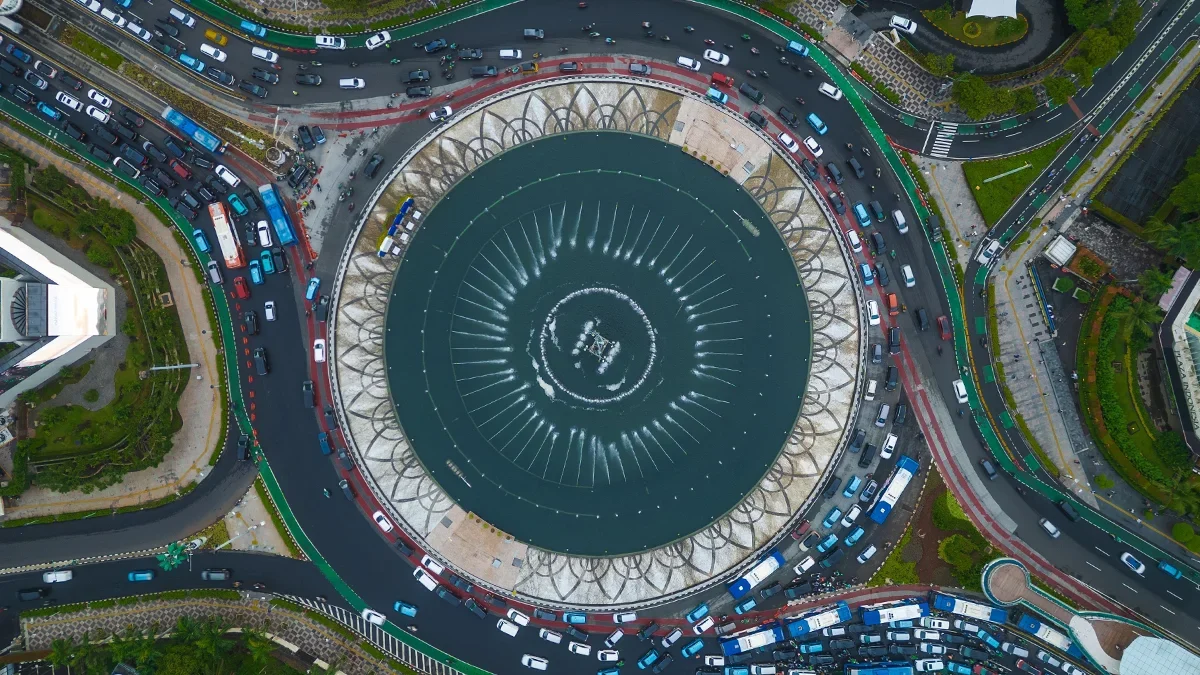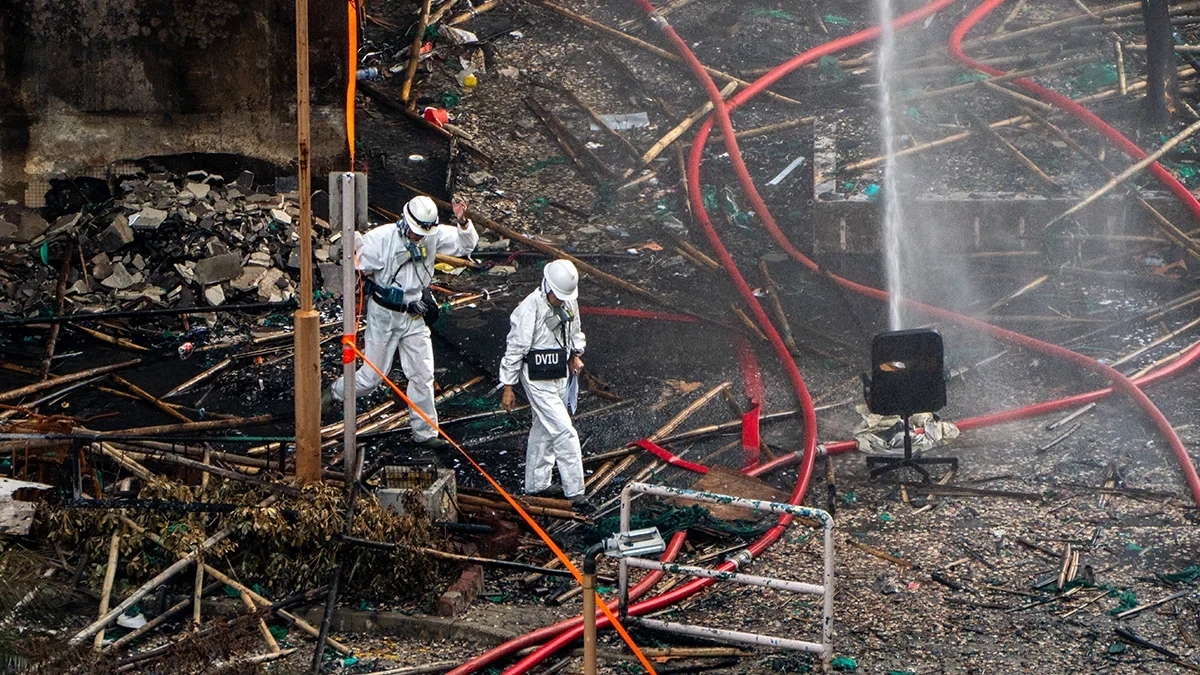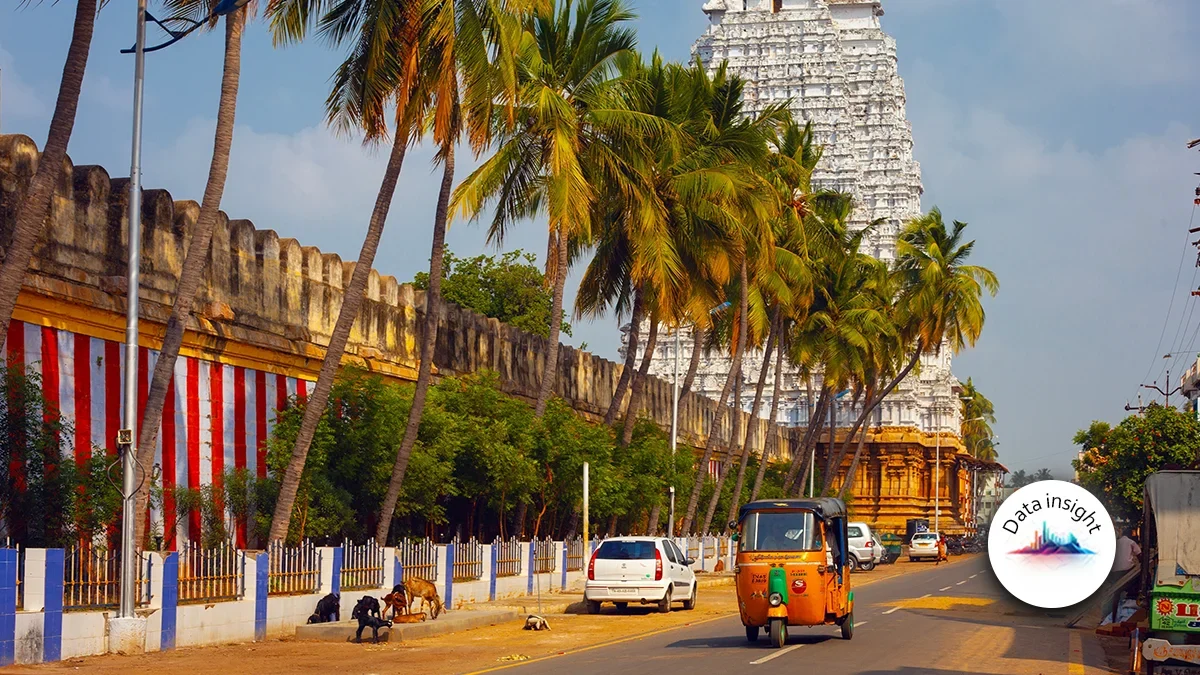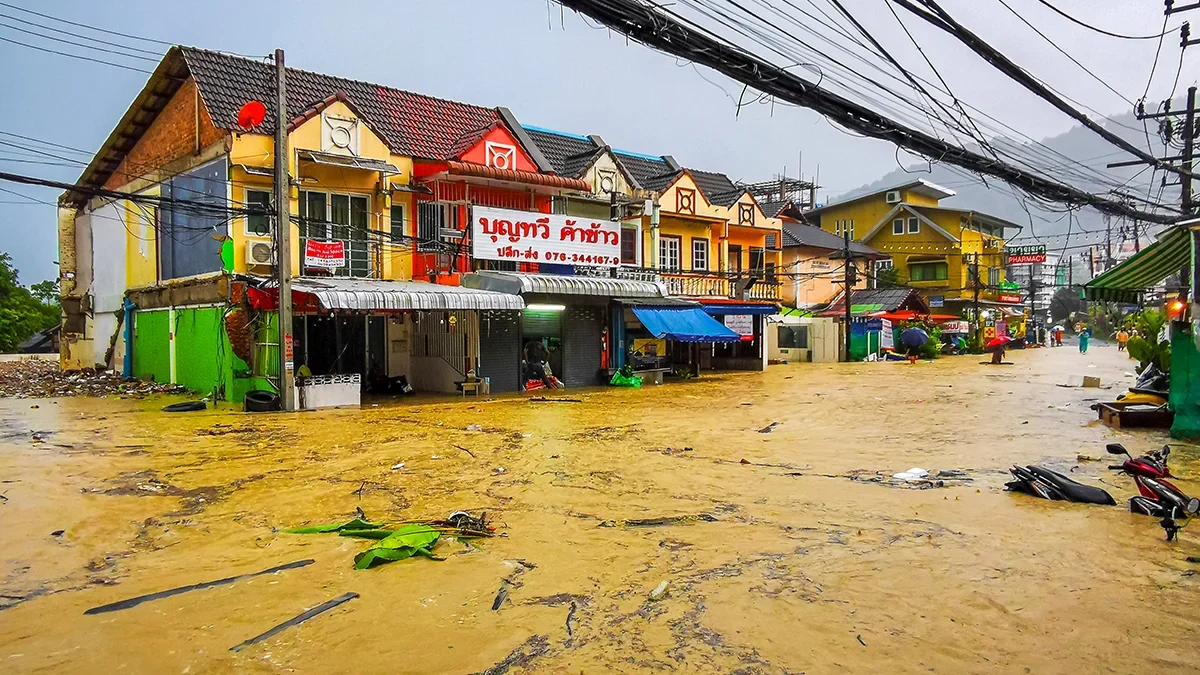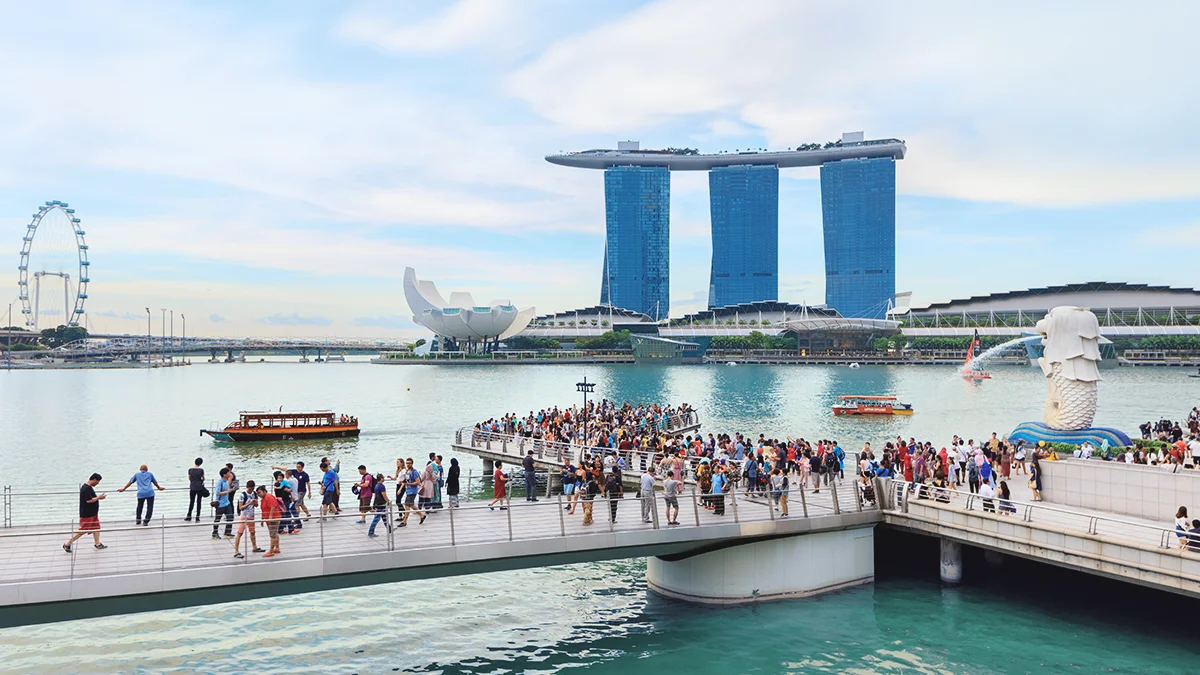(Re)in Summary
• 978 oil tankers, 18.5% of the global market, are now part of the “dark fleet”, using tactics like AIS spoofing, false flags, and “zombie vessels.”
• Opaque ownership and the rise of single-ship companies drive shadow fleet growth; 81% of new fleet owners since 2022 are newly formed, with 94% owning only one vessel.
• Ships linked to sanctions and risky activities have surged, with a 31% rise in Tier 2 vessels and a 164% increase in Tier 3 vessels in 2025.
• Shipping firms are adopting risk-spreading strategies and digital tools to manage trade volatility, with some ASEAN nations seeing increased traffic due to supply chain shifts.
The world’s dark fleet of oil tankers has swelled as sanctions and trade tensions disrupt global shipping, industry experts said at the 2025 IUMI conference in Singapore.
A parallel list of 978 oil tankers with over 27,000 deadweight tons operates outside established norms to circumvent restrictions, said Jeremy Domballe, Maritime, Trade & Supply Chain Expert at S&P Global Market Intelligence, representing a combined capacity of 127 million dwt or approximately 18.5% of the global market.
“As the global situation continues to escalate, that number [vessel count] is likely to continue to go up, and so does the applicability of tactical subterfuge as a means to make their way around embargoes, sanctions and more,” Domballe warned.
To avoid detection, shadow fleet operators employ identity manipulation, AIS spoofing, and fraudulent flagging. A rise in “zombie vessels”—scrapped ships digitally resurrected with cloned names and dimensions—has also been observed.
“This raises real concerns surrounding operational safety, navigation and security,” Domballe said.
Much of dark fleet growth is tied to opaque ownership structures and the creation of single-ship companies designed to obscure accountability.
An S&P Global audit found that beneficial ownership remains unknown for 11% of the world’s cargo vessels above 27,000 deadweight tons. In addition, since 2022, 81% of the companies registered as owners of shipping fleets are newly established, and 94% of these new companies own and operate only a single ship.
“Year upon year, we see new companies coming forward… and amongst them, there is an incredibly high rate of what we describe as single ship fleets,” said Donballe.
Domballe also noted an increase in the number of ships at risk of being sanctioned or being involved in sanctioned activities. In 2025, Tier 2 vessels of interest — those with opaque ownership and historical association with sanctioned entities — saw a 31% rise. Meanwhile, Tier 3 vessels of interest — ships with legitimate owners but are engaged in Russian port calls and ship-to-ship transfers — surged by 164%, reaching 2,217 this year.
The challenges posed by the shadow fleet mirror wider disruptions in global trade. In a separate session, Jasmine Lam, Chair Professor at DTU (Technical University of Denmark), warned that unpredictability around tariffs, chokepoint risks, and supply chain volatility is now a structural problem for shipping.
“On average, [marine] companies experience disruptions lasting for around one to two months every 3.7 years,” she said. “Uncertainty makes decisions very complicated. There are a lot of impacts and changes in shipping routes in terms of fleet sizing and deployment as well. All these are the uncertainties, and it makes long-term planning almost impossible.”
ASEAN feels mixed trade pressures
Despite the turbulence, Lam said the industry has actually become more resilient because of these disruptions.
One case is the mixed effects across ASEAN. Singapore’s tariff exposure is just 10%, compared with 19% for Cambodia, Indonesia, Malaysia, Philippines, and Thailand; 20% for Vietnam; 25% for Brunei; and 40% for Laos and Myanmar.
Singapore itself has shown resilience. In July 2025, compared to a year earlier, Singapore vessel arrivals in gross tonnage rose 6.5%, container throughput climbed 8.2%, and total bunker sales increased 5.7%.
Some Southeast Asian nations, including Vietnam, Malaysia, and Indonesia, have actually benefited from supply chain diversification away from China, recording increased container traffic.
Nevertheless, shipping companies are adopting new strategies to spread risk and protect revenue. These include shipping pools, portfolio diversification, and bunker hedging. Other tactics include asset play, buying and selling vessels at favourable points in the cycle, and fleet optimisation to boost efficiency and cut fuel consumption.
She also urged companies to embrace digitalisation, citing a DTU-led project with industry and Liverpool University. The study, Deep multi-view information-powered vessel traffic flow prediction for intelligent transportation management, showed how combining data analytics and AI can support smarter traffic management.
“By using big data analytics for AI data, we are able to have better vessel traffic flow prediction and to keep track of the changes and have certain predictive power as well,” Lam explained.






